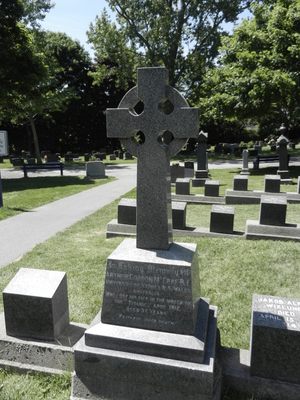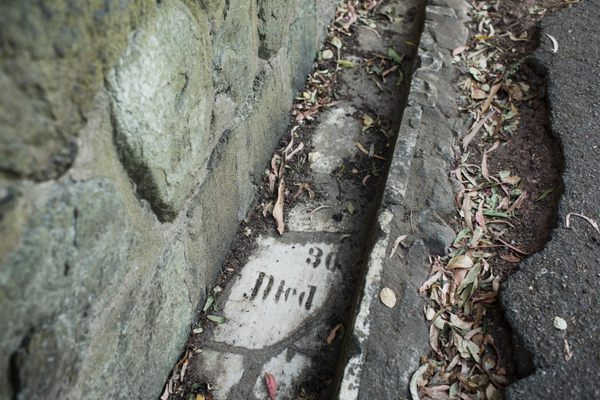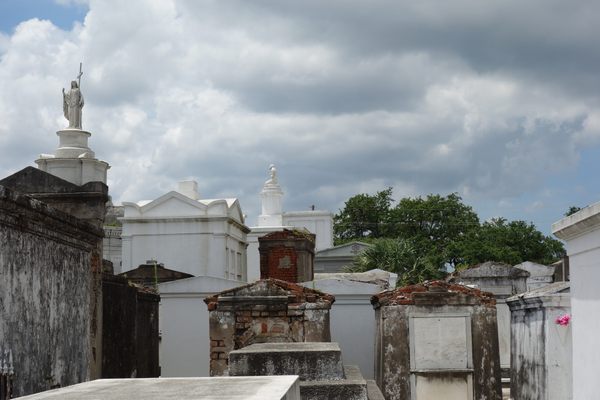About
We all know the tragic saga of the RMS Titanic. On April 15, 1912, 2,224 passengers and crew who had embarked on what was supposed to be a decadent voyage became part of history in one of the deadliest and most famous maritime disasters ever recorded.
The behemoth luxury liner, after grazing an iceberg, suffered inescapable hull damage, slowly and horribly filling with water and sinking over a torturous 2 ½ hour period. After the boat had sunk and the freezing water took its toll, only 710 survivors were plucked from an icy grave by lifeboats from the RMS Carpathia several hours later.
The Nova Scotian city of Halifax was given the grim task of arranging for the bodies to be brought home. The woeful reality was that there were simply too many bodies to handle, and many were buried at sea, much to the dismay of grieving family members who wanted more tangible closure. The rest were brought to Halifax, where 40 members of the Funeral Directors' Association of the Maritime Provinces were waiting to process the victims of the disaster.
To receive the overwhelming amount of bodies, Halifax turned its Mayflower Curling Rink into a temporary morgue, and while victims were buried in three different cemeteries, most of them were laid to rest at Fairview Lawn. A nondenominational resting place that had just recently been obtained by the city of Halifax, Fairview would gruesomely also play host to a mass grave containing the remains of victims of the Halifax Explosion 5 years later.
121 victims of the Titanic disaster are interred at Fairview, most of them memorialized by grey, granite markers that softly outline a shape that resembles the hull of a ship. A third of the remains have never been identified and possibly never will be. A heart-rending example of this is the grave of a toddler simply known as “The Unknown Child”, whose burial expenses were paid by the crew of the CS Mackay-Bennett, who had pulled him from the water themselves. His marker reads, 'Erected to the memory of an unknown child whose remains were recovered after the disaster of the "Titanic" April 15th 1912' The child was eventually identified through forensics in 2002 as 19-month-old Sidney Leslie Goodwin, an English child whose family also perished.
The Titanic burial area is a popular spot, and is clearly marked with its own sign. You'll likely stumble across the grave of J. Dawson...It's merely a coincidence.
Related Tags
Community Contributors
Added By
Published
April 15, 2012



































































